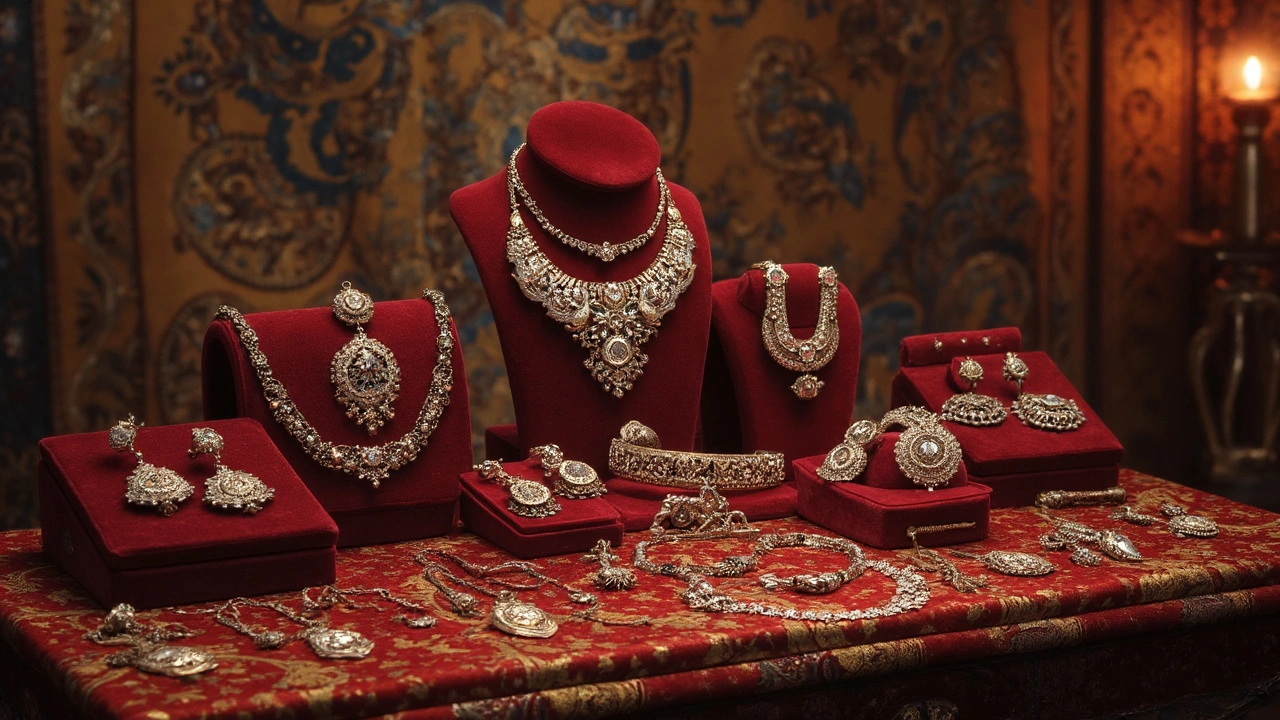Silver Content: Everything You Need to Know
When talking about silver content, the amount of pure silver in a piece of metal. Also known as Ag content, it decides how bright, durable, and valuable a piece will be. Ever wondered why two identical looking rings cost wildly different? The answer usually lives in the silver content. Below we’ll break down the core ideas, from purity marks to price swings, so you can shop smarter and appreciate the metal’s role in Indian jewelry.
Key Aspects of Silver in Indian Jewelry
One of the first things to check is Silver Purity, the proportion of pure silver expressed in a numeric stamp like 925 or 800. A 925 stamp means the piece is 92.5% pure silver, often called sterling silver, and it balances shine with strength. Lower purity, such as 800, adds copper or other metals to improve hardness, which can affect how a mangalsutra or nose pin ages over time. Understanding these marks helps you predict tarnish resistance, skin reactions, and resale value, all of which matter when you buy a traditional piece or a trendy statement chain.
When you step into the market for Silver Jewelry, any accessory made primarily from silver, from bangles to earrings, you’ll notice design choices often hinge on the metal’s flexibility. Silver’s lower melting point lets artisans craft intricate filigree work seen in bridal necklaces and temple-inspired cuffs. At the same time, its bright finish makes it a popular base for plating other metals, creating hybrid pieces that look like gold but stay affordable. Knowing how silver content interacts with design trends means you can pick items that match your style while staying within budget.
Finally, keep an eye on Silver Price, the market rate for pure silver per gram, which fluctuates with global demand and currency shifts. A higher silver content typically pushes the price up, but other factors—like import taxes, labor costs, and seasonal sales—also play a role. Comparing Indian and international markets can reveal where you get the best bang for your buck, especially if you’re considering bulk purchases for events like weddings. Learning the price dynamics lets you decide whether to buy a single handcrafted bangle or stock up on a set of everyday wear pieces.
All these pieces—purity, design, and price—fit together like a puzzle that defines the value of any silver‑based accessory. Below you’ll find a curated collection of articles that dig deeper into each of these topics, from how to read hallmarks to the latest Indian silver jewelry trends, so you can make informed choices and enjoy your purchases for years to come.
